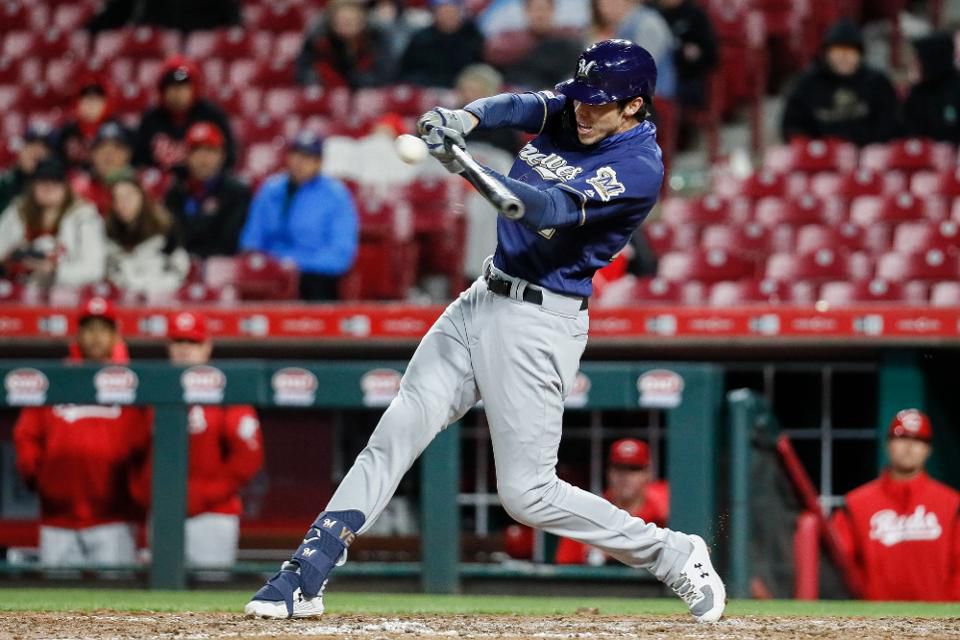Baseball’s problem isn’t the rash of homers. It’s everything else

By DERON SNYDER (as published in The Washington Times)
There’s nothing wrong with home runs, per se.
Even pitching legends Greg Maddux and Tom Glavine agreed during a 1999 Nike commercial that featured Mark McGwire hitting prodigious moon shoots during batting practice, drawing oohs and aahs from dreamy-eyed admirers including Heather Locklear.
The Cy Young winners and eventual Hall of Famers hit the gym in an effort to add muscle. They ran the stadium steps to improve their conditioning. They hacked away at balls on tees to refine their batting stroke.
“Chicks dig the long ball,” Maddux surmised correctly.
The gender specificity was unnecessary.
Spheres traveling a great distance through the air have always been certified crowd pleasers in sports. Long home runs in baseball. Long passes in football. Long three-pointers in basketball. Long drives in golf.
What’s not to like about majestic flight paths that result in runs, touchdowns, swishes or a hole-in-one? They’re veritable things of beauty.
However, a sport can’t survive on long balls alone. Too many, especially at the expense of medium and short plays, would make the game monotonous. There needs to be a variety of actions, with singles, screens, lay-ups and putts added to the mix.
As Major League Baseball prepares to reconvene following the All-Star Break, home runs are among the hottest topics. Balls are flying out of stadiums at an astounding, unprecedented rate, 1.37 homers per team game.
The record 6,105 homers that teams clouted in 2017 will be dwarfed at the current pace (6,668). Ten or more teams could reach 250 taters this season; in major league history, only six teams EVER previously hit 250 in a single season.
It’s enough to think the ball is juiced (if not the players).
“Look,” commissioner Rob Manfred told reporters Tuesday, “(MLB) has done nothing, given no direction for an alteration in the baseball. As a matter of fact, we commissioned an independent study to make clear there has been no intentional alteration of the manufacturing process.”
Intentional or not, the balls are different. Manfred’s own independent study found that they are creating less drag. An astrophysicist, in an article for The Athletic, said the balls are rounder, and more aerodynamic, with “demonstrably lower” seams.
Okay. The equipment contributes to the rise in gopher balls. Fine.
But that doesn’t explain strikeouts being on pace for a 12th consecutive record. It doesn’t explain the Texas Rangers’ Joey Gallo – 20 homers, 49 walks and 95 strikeouts – becoming the poster boy for baseball’s “Three True Outcomes.” It doesn’t explain why those three results account for nearly 40% of the action.
I suppose strikeouts carry a measure of excitement, especially as a starter’s total exceeds double-digits. There is palpable anticipation every time the count reaches two strikes just before another batter is rung up.
But walks? They’re as exciting as a broken rollercoaster stuck in the station. Yet, their value to a player’s on-base percentage gives them esteem.
If a player’s homers, walks and strikeouts are up – two positive things for one negative thing – that’s a deal most will gladly take, the heck with batting average.
Meanwhile, fans get a raw deal – two outcomes in which a ball isn’t hit at all.
That’s way more problematic than too many balls being hit over the fence.
The fact that homers are up could be a matter of self-defense, guys swinging for the fences to counter the flame-throwing pitchers and strategically shifted infielders. Hitters might view flyballs as their best way to counter, unfortunately reducing the rate of line-drive contact that could result in more “action.”
If doubles and triples were keeping pace with home runs, I doubt there’d be much complaining. But the ratio is off, thanks to hitters’ approach of all-or-nothing-or-a-walk.
That philosophy, along with intransigent pace-of-play issues, should be a bigger concern than the ball’s drag coefficient and lowered seams. (Meanwhile, good luck trying to legislate pitchers’ velocity and defenders’ positioning).
“I try to be positive about the way the game is being played,” Manfred said. “It is a fact when you poll fans, people do like home runs. But I do think there is a concern the strikeout and home run have become increasingly predominant in the game.”
Yes, chicks and all of us dig the long ball.
But being one-dimensional isn’t cool at all.
— Brooklyn-born and Howard-educated, Deron Snyder writes his award-winning column for The Washington Times on Tuesdays and Thursdays. Follow him on Twitter @DeronSnyder.
 Follow
Follow
